HERE IS LIGHT!HERE IS LIFE!
www.whitesunredmoon.com
WSRM---LEDlights is good for the home lighting!
The Energy Independence and Security Act of 2007 set a timetable for significant changes to the lighting industry. In January of 2012, manufacturers who could not increase the energy efficiency of 100-watt incandescent bulbs by 25 percent or more were forced to discontinue production of those bulbs. The law effectively halted the domestic manufacture of 100-watt bulbs because it is not currently possible to increase incandescent bulb efficiency by such a large percentage. In January of 2013, 75-watt bulbs will be included under the same legislation, and 60-watt and 40-watt incandescent bulbs will become regulated in January of 2014.
American consumers may not yet have noticed the dwindling stock of 100-watt incandescent bulbs, but the increase in compact fluorescent bulbs and LED bulbs on store shelves has been obvious. Both of these technologies meet the efficiency requirements of the Energy Independence Act, and manufacturers have been preparing the change in product offerings for the past five years.
Many mandated energy policies or environmental regulations involve increased costs to the consumer. This is not the case with LED light bulbs. While the bulbs do initially cost more than standard incandescent bulbs to manufacture and purchase, operating costs are much less, and the useful life cycle is dramatically longer. Incandescent bulbs typically last for thousands of hours of operation. LED lights will last for hundreds of thousands of hours. They easily pay for themselves and provide a return on investment over the useful life of the bulb.
A comparison of the expected performance and costs of a 60-watt incandescent light bulb with an LED bulb demonstrates these savings.
A 60-watt incandescent bulb provides approximately 800 lumens of light and lasts for an average of 1,200 hours. If the bulb is operated for an average of six hours per day, then over the course of a year it will use approximately (6 X 365 X 60) = 131 kilowatts of electricity. At an average cost of 12 cents per kilowatt-hour, the 60-watt incandescent bulb will cost approximately $17 per year to operate. The bulb typically costs $1 to purchase, and two bulbs will be required each year, so the total annual cost for purchase and operation is $19.
The same 800-lumen output will require an 8-watt LED bulb. The LED bulb will last for at least 50,000 hours. This is approximately five years. If the bulb is used for six hours each day, then over the course of a year it will use approximately (6 X 365 X 8) = 17.5 kilowatts of electricity. At an average cost of 12 cents per kilowatt-hour, an 8-watt LED bulb will cost approximately $2.10 per year to operate. The LED bulb, however, may cost $20 to $30 to purchase. This initial cost negates any energy cost savings for the first year. The LED bulb will cost approximately $27 to purchase and operate for the first year.
However, the LED bulb will last for at least five years. The operating cost savings make up for the initial high purchase price during years two through five. Incandescent 60-watt light bulbs will cost $95 to purchase and operate for a 5-year period. A single 8-watt LED bulb will last for five years and cost only $35 to purchase and operate for that period.
A $60 savings over a period of five years seems insignificant. However, according to statistics available on the energystar.gov website, the average home in the United States contains 40 light bulbs. That $60 savings per bulb equates to a savings of $2,400 every five years when 40 bulb replacements are considered. This is $480 saved each year. The savings are even more substantial for larger homes with more bulbs or for homes where 75-watt or 100-watt bulbs are replaced with corresponding LED bulbs.
Many LED bulbs are now being designed to fit within a standard incandescent bulb shape and to screw in with the same E27 standard Edison screw base. No special light fixtures are required for these bulbs. The intensity and color of the emitted light are equally important considerations for many consumers. LED technology is still evolving, but LED bulbs are now available in many different shades of white and can be found to meet any residential lighting need.
WE HAVE A DREAM:BRING OUR LEDlights TO THE WORLDWIDE!
www.whitesunredmoon.com
http://zgledn.yglm.mobi/
SALES CONTACT
ITALY
Torino
39011redmoon1@myledonline.com
Rome
3906whitesun1@myledonline.com
SPAIN
Barcelona
3493redmoon1@myledonline.com
GERMANY
Berlin
4930whitesun1@myledonline.com
FRANCE
Paris
331redmoon1@myledonline.com
ENGLAND
London
4420whitesun1@myledonline.com
RUSSIA
Moscow
7499redmoon1@myledonline.com
FINLAND
Helsinki
3589whitesun1@myledonline.com
NORWAY
Oslo
47whitesun1@myledonline.com
AUSTRIA
Vienna
431whitesun1@myledonline.com
39011redmoon1@myledonline.com
Rome
3906whitesun1@myledonline.com
SPAIN
Barcelona
3493redmoon1@myledonline.com
GERMANY
Berlin
4930whitesun1@myledonline.com
FRANCE
Paris
331redmoon1@myledonline.com
ENGLAND
London
4420whitesun1@myledonline.com
RUSSIA
Moscow
7499redmoon1@myledonline.com
FINLAND
Helsinki
3589whitesun1@myledonline.com
NORWAY
Oslo
47whitesun1@myledonline.com
AUSTRIA
Vienna
431whitesun1@myledonline.com
NETHERLAND
Amsterdam
3120whitesun1@myledonline.com
SWITZERLAND
Zurich
4144whitesun1@myledonline.com
TURKEY
Istanbul
90216whitesun1@myledonline.com
BELGIUM
Brussels
322whitesun1@myledonline.com
SWEDEN
Stockholm
468whitesun1@myledonline.com
HUNGARY
Budapest
361whitesun1@myledonline.com
SCOTLAND
Glasgow
44141whitesun1@myledonline.com
ICELAND
Reykjavik
354whitesun1@myledonline.com
SWITZERLAND
Zurich
4144whitesun1@myledonline.com
TURKEY
Istanbul
90216whitesun1@myledonline.com
BELGIUM
Brussels
322whitesun1@myledonline.com
SWEDEN
Stockholm
468whitesun1@myledonline.com
HUNGARY
Budapest
361whitesun1@myledonline.com
SCOTLAND
Glasgow
44141whitesun1@myledonline.com
ICELAND
Reykjavik
354whitesun1@myledonline.com


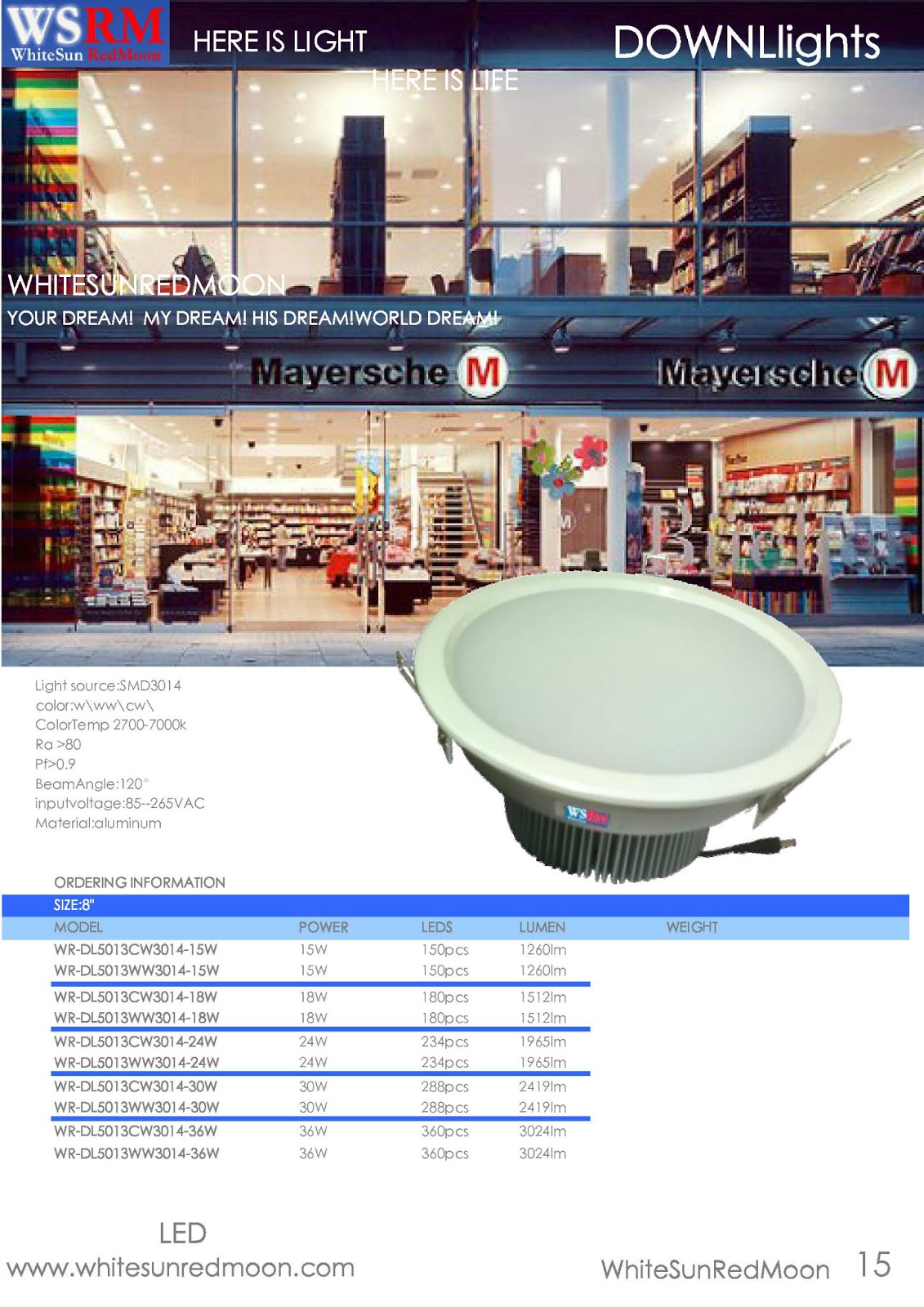

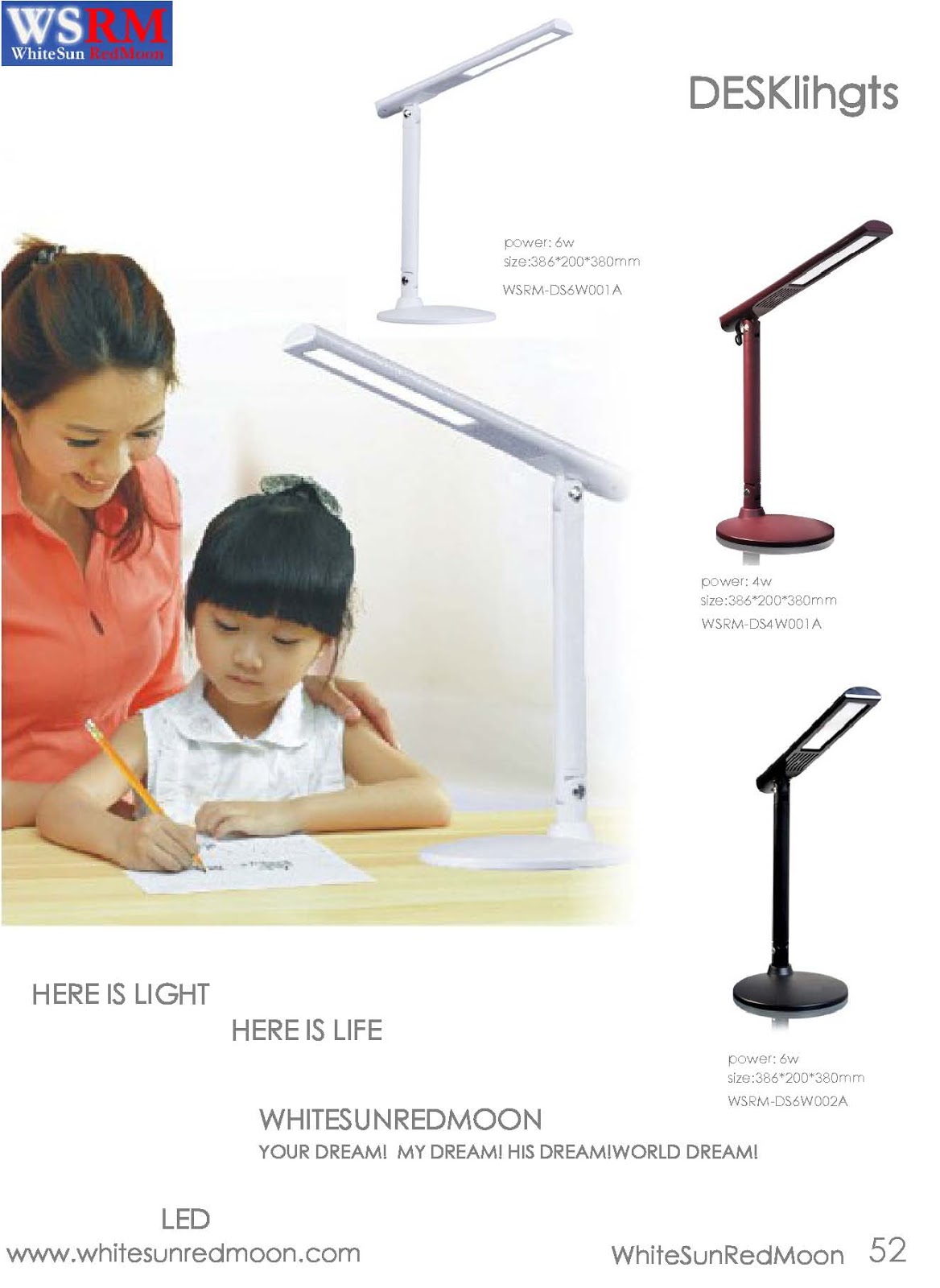



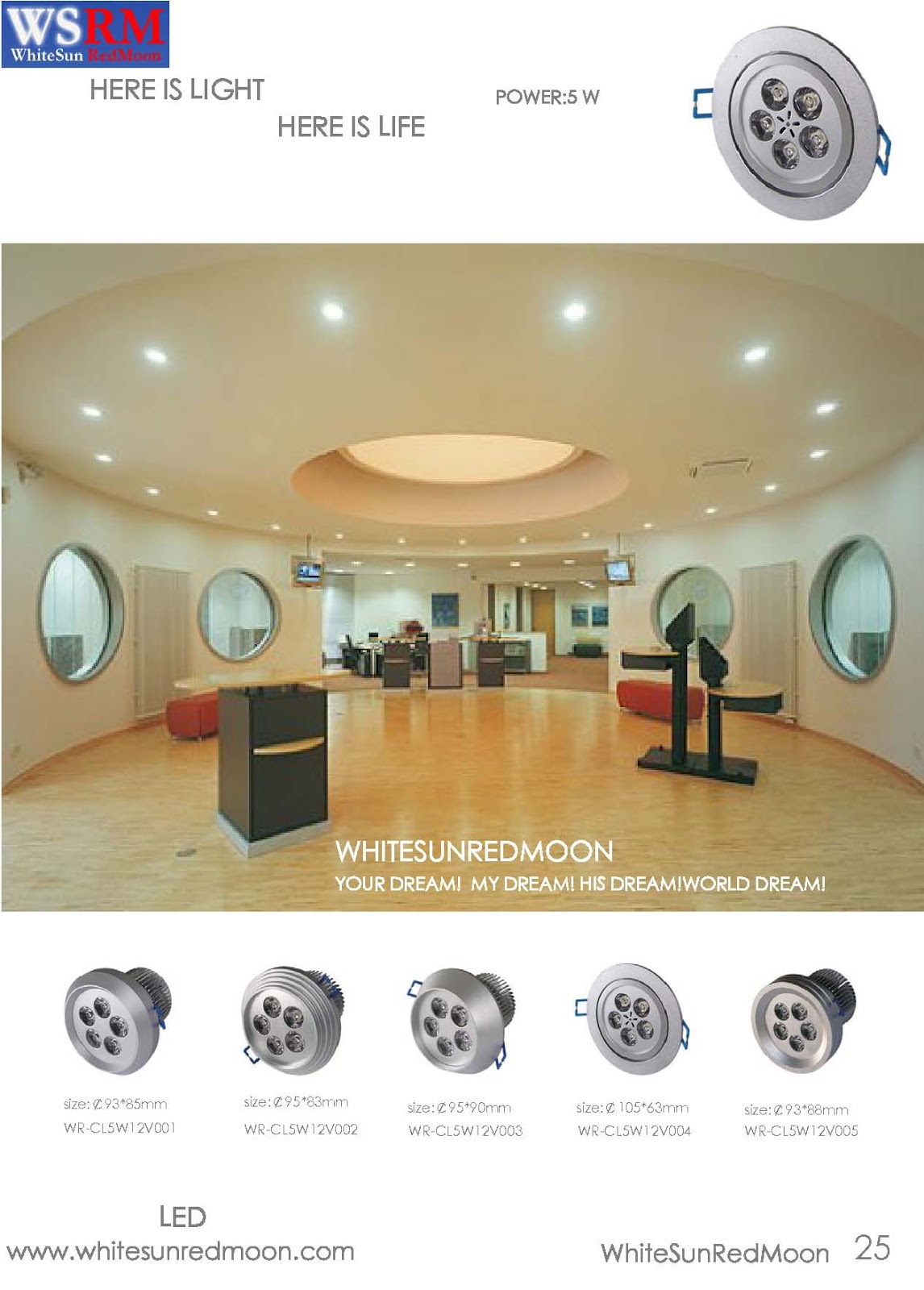

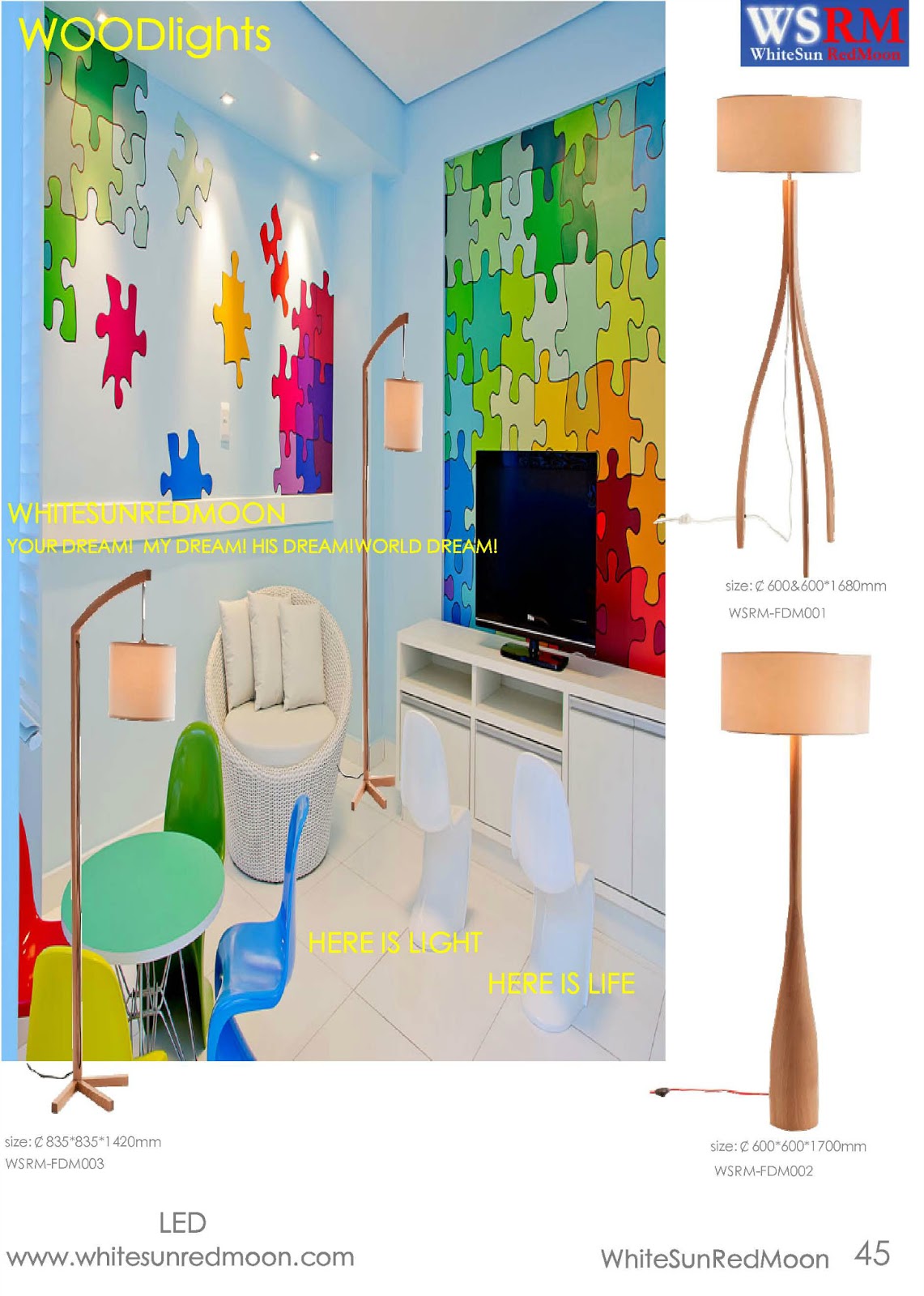

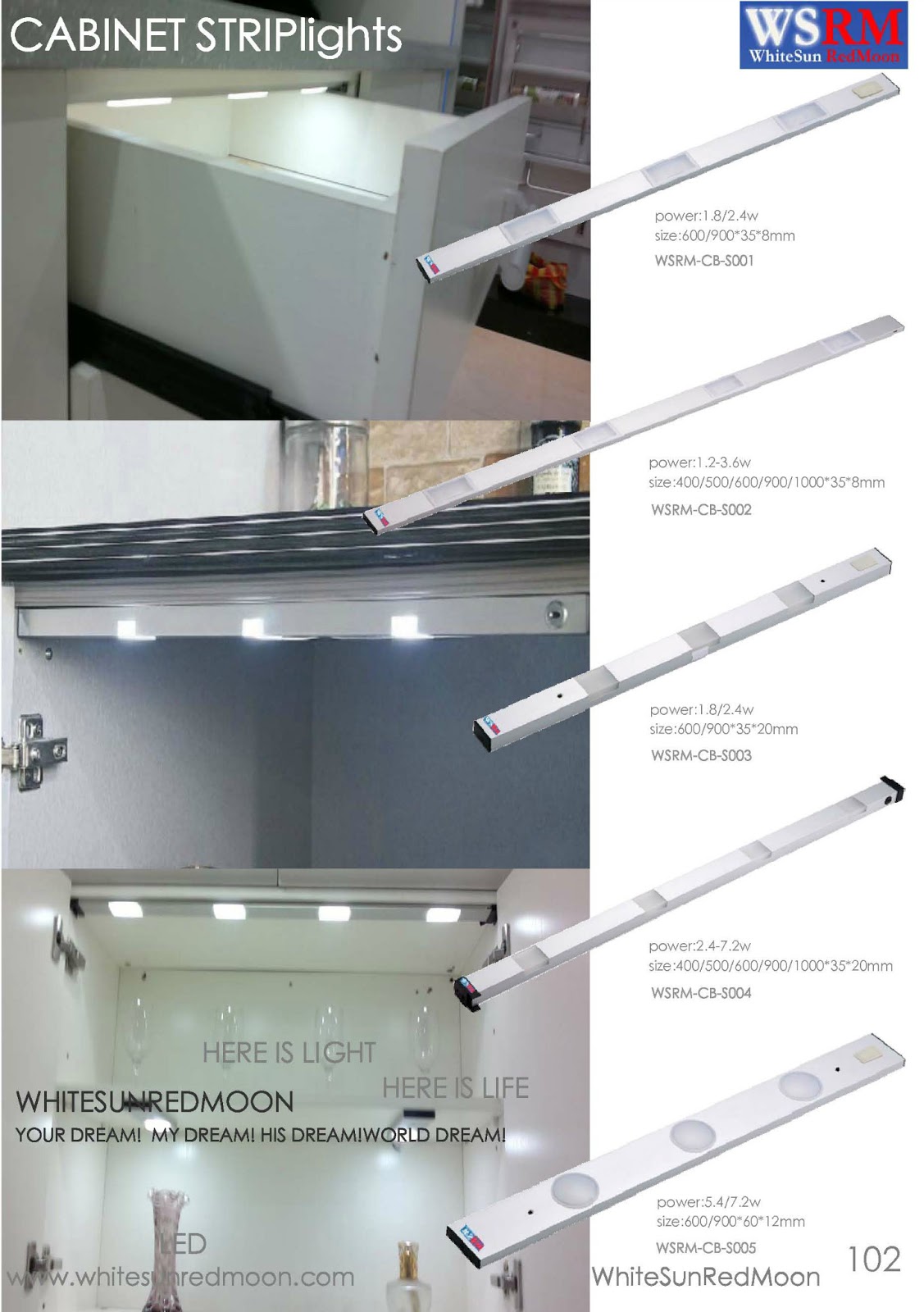
No comments:
Post a Comment